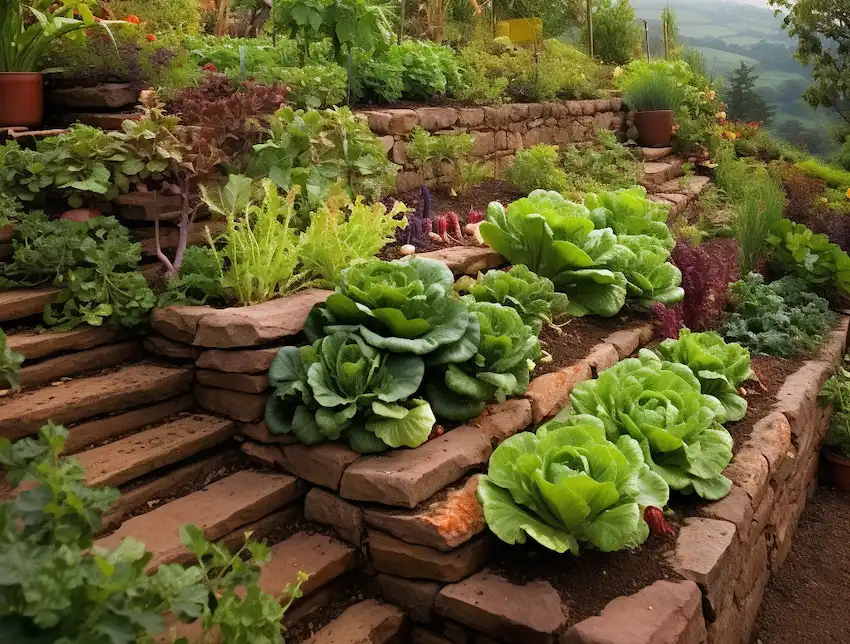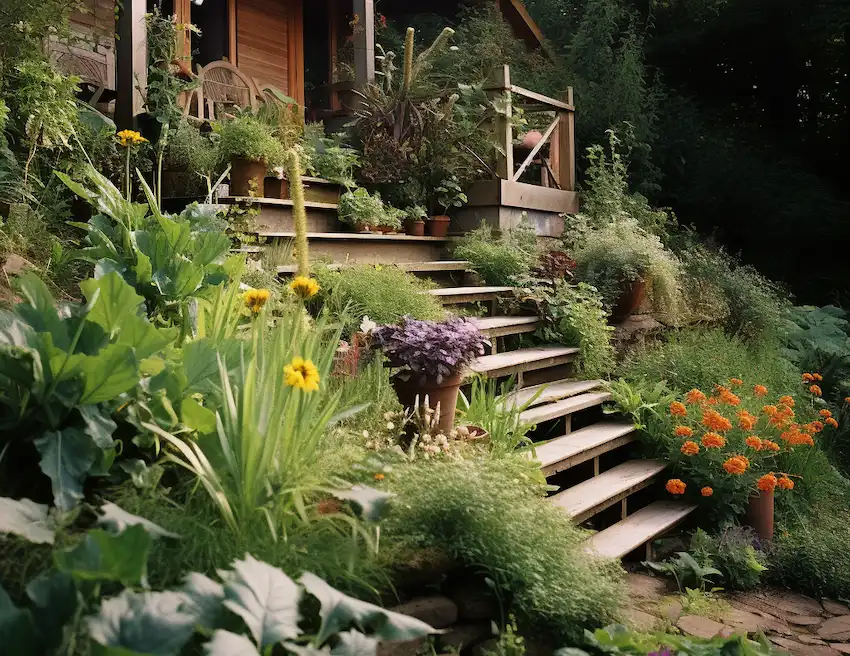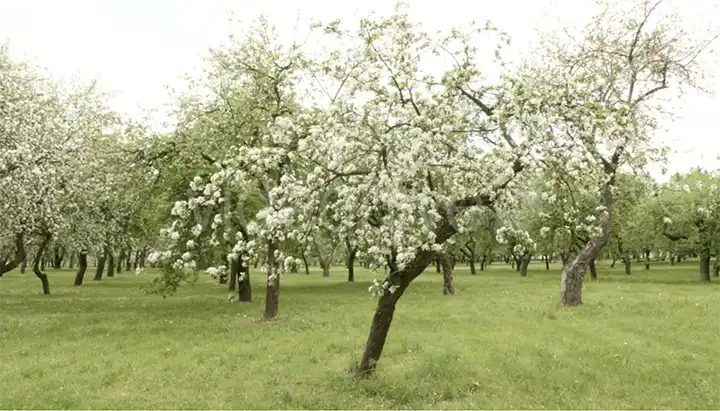5 Brilliant Ideas for Transforming a Slope into a Productive Garden
Sloping gardens present unique challenges, but with creative thinking, they can be transformed into vibrant, productive, and beautiful landscapes. Here are five brilliant ideas to utilize a slope in your garden effectively.
1. Terraced Vegetable Beds

Terracing converts a slope into a series of level growing spaces, reducing soil erosion and making garden maintenance easier.
Materials: Retaining wall blocks or stones, garden soil, compost.
Steps:
- Map Out the Terraces: Determine the number and height of your terraces.
- Build Retaining Walls: Construct walls with blocks or stones to support the terraces.
- Fill with Soil: Layer garden soil and compost in each terrace for a nutrient-rich growing environment.
2. Slope as a Water Feature
Transform your slope into a stunning water feature, such as a waterfall or stream, which can become the centerpiece of your garden.
Materials: Pond liner, water pump, rocks, aquatic plants.
Steps:
- Design the Course: Plan the path of your water feature, considering the natural incline of the slope.
- Install the Pond Liner: Lay the liner along the course to prevent water loss.
- Arrange Rocks and Plants: Place rocks for aesthetics and to guide the water flow. Add aquatic plants for a natural look.
3. Rock Garden with Alpine Plants

Rock gardens mimic alpine landscapes and are perfect for sloping areas, offering excellent drainage for alpine plants.
Materials: Various sizes of rocks, alpine plants, gravel or sand for drainage.
Steps:
- Place Large Rocks: Anchor your rock garden with larger rocks, partially buried for stability.
- Add Soil and Plants: Fill spaces with a mix of soil, gravel, or sand. Plant alpine species that thrive in well-drained conditions.
- Arrange Smaller Rocks: Complete the look by arranging smaller rocks and pebbles.
4. Step Farming with Perennial Crops
Create a perennial garden on your slope with plants that provide food or beneficial properties year after year.
Materials: Wooden stakes, string, perennial plants.
Steps:
- Mark the Steps: Use stakes and string to outline the steps on your slope.
- Plant Perennials: Choose perennials suited to your climate and soil. Plant them in staggered rows to cover the slope.
- Mulch and Maintain: Mulch around the plants to retain moisture and suppress weeds.
5. Slope as a Wildlife Haven

Convert your slope into a haven for local wildlife, combining native plants, shrubs, and elements like bird baths or insect hotels.
Materials: Native plants, bird bath, insect hotel kit or materials.
Steps:
- Choose Native Plants: Select a variety of plants that provide food and shelter for wildlife.
- Install Bird Baths and Insect Hotels: Place these features amongst the plants to attract birds and beneficial insects.
- Maintain Naturally: Allow the area to grow somewhat wild, trimming only when necessary to maintain pathways or control overgrowth.
A sloping garden, far from being a gardening challenge, offers a unique opportunity to create a multi-dimensional and diverse landscape. Whether you’re building terraces for vegetable gardening, installing a tranquil water feature, or creating a haven for wildlife, each idea can turn a slope into a functional and visually appealing space. Remember, the key to success lies in understanding the specific conditions of your slope and choosing the right plants and structures to complement its natural gradient.



















